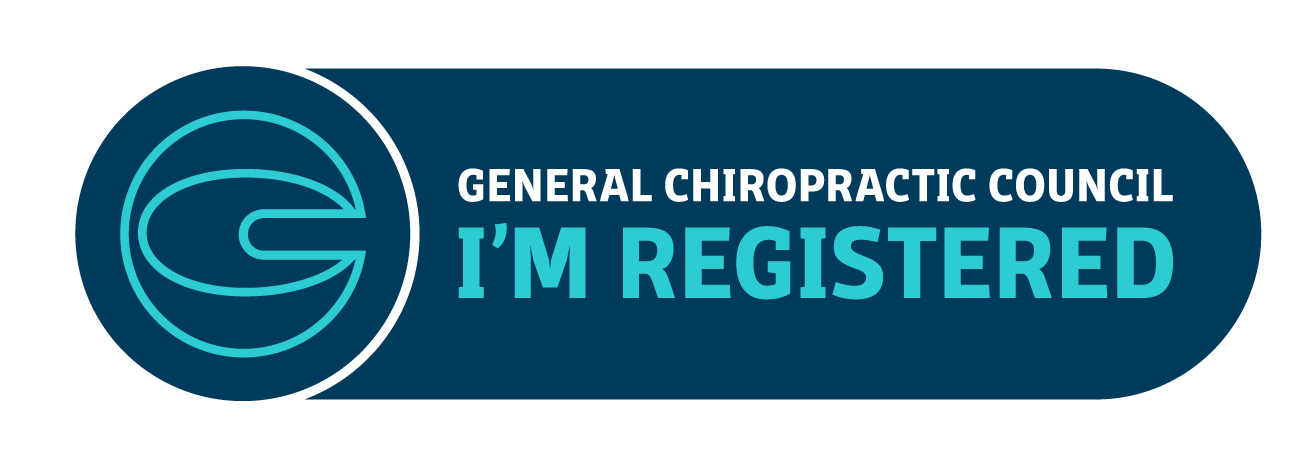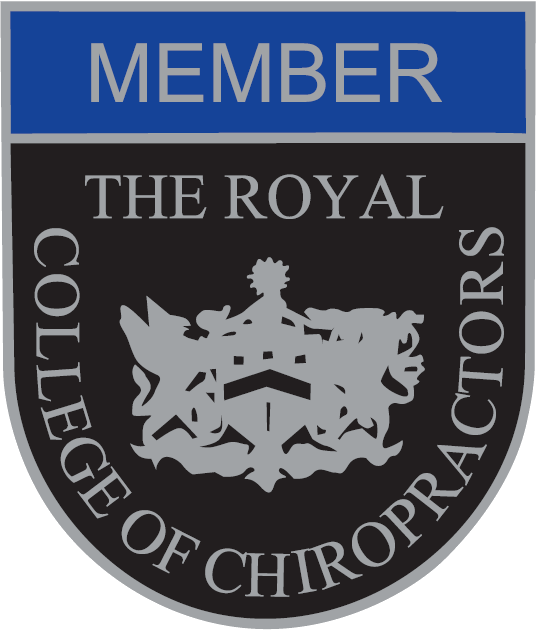 Sciatica is a debilitating condition that affects millions of people worldwide, causing pain and limited mobility. It occurs when the sciatic nerve, the longest and thickest nerve in the human body, becomes irritated or inflamed. The primary causes of sciatica can vary, ranging from herniated discs and spinal stenosis to muscle spasms and even pregnancy.
Sciatica is a debilitating condition that affects millions of people worldwide, causing pain and limited mobility. It occurs when the sciatic nerve, the longest and thickest nerve in the human body, becomes irritated or inflamed. The primary causes of sciatica can vary, ranging from herniated discs and spinal stenosis to muscle spasms and even pregnancy.
The hallmark symptom of sciatica is radiating pain that travels from the lower back down the leg, often accompanied by tingling, numbness, and muscle weakness. Inevitably, this can significantly impact your life. Fortunately, various treatment approaches exist to alleviate the symptoms and promote recovery.
In this article, we’ll delve into the causes and symptoms and explore the most effective treatment options available to manage sciatica and restore a pain-free life.
What is the Main Cause of Sciatica?
Sciatica occurs when the sciatic nerve becomes compressed or irritated. The most common cause of sciatica is a herniated disc, where the inner core of a spinal disc protrudes and presses against the nerve, causing pain and discomfort.
Other potential causes include spinal stenosis, a condition characterised by the narrowing of the spinal canal, which puts pressure on the nerve roots. Muscle spasms, particularly in the piriformis muscle, can also irritate the sciatic nerve and lead to sciatica symptoms.
Additional factors that could contribute to the development of sciatica include age-related changes in the spine, weight-gain or bodily changes, including pregnancy, and occupations involving heavy lifting or hours of sitting.
Symptoms of Sciatica
Sciatica manifests through symptoms that can significantly impact your daily life. The most common and prominent symptom is a sharp, shooting pain that originates in the lower back or buttock and radiates down the back of the leg. This pain can be intense and may worsen with prolonged sitting, standing, or movement.
Some individuals also experience tingling or a “pins and needles” sensation, numbness, or muscle weakness in the affected leg or foot. The symptoms can vary in severity and might be accompanied by difficulty walking, sitting, or finding a comfortable position to sleep.
Treatment of Sciatica
Treatment options for sciatica depend on the severity of the condition and the underlying cause. In many cases, conservative approaches can effectively alleviate symptoms. Some common treatment methods include:
- Pain medications
- Physical therapy
- Heat and cold therapy
- Epidural steroid injections
- Alternative therapies
- Surgical intervention
While it is crucial to seek professional medical advice for an accurate diagnosis and appropriate treatment, there are methods to help ease sciatica pain yourself. Some strategies to consider include practising good posture, avoiding prolonged sitting or standing, using ergonomic supports for the lower back, engaging in low-impact exercises such as swimming or walking, and maintaining a healthy weight. These self-care measures can provide temporary relief and contribute to the overall management of sciatica symptoms.
If you are experiencing persistent or worsening sciatica symptoms, it’s important to consult with a healthcare professional, such as a chiropractor, physiotherapist, or orthopaedic specialist.
At Bradford House Chiropractic & Wellness Centre, we can provide a comprehensive evaluation, determine the underlying cause of your sciatica, and recommend a personalised treatment plan to alleviate your pain and improve your quality of life. Don’t let sciatica limit your life. Contact us today and take the first step towards a pain-free future.









